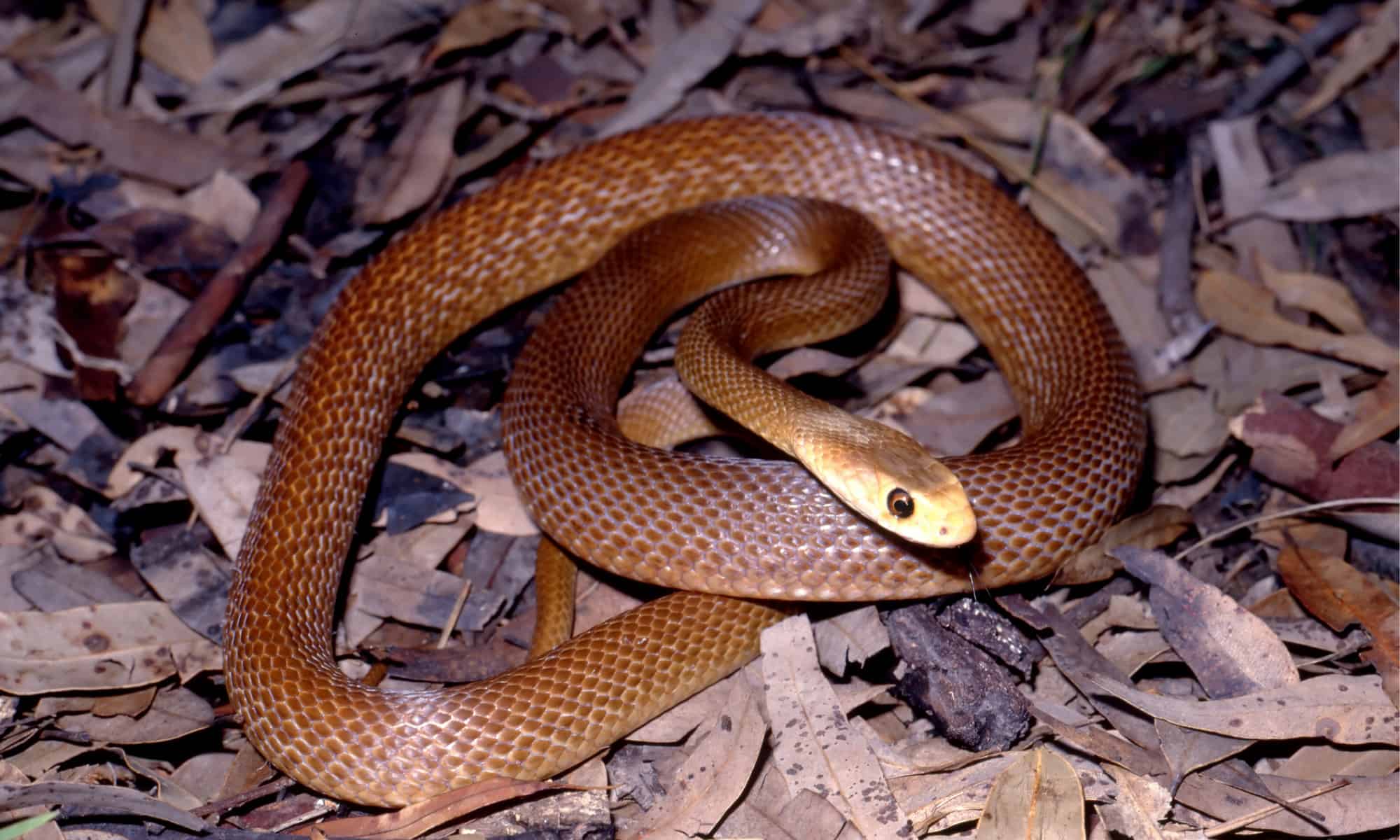In the vast animal kingdom, survival strategies come in countless forms. While many creatures opt for fight or flight when threatened, certain venomous snakes have evolved a fascinating alternative defense mechanism – they simply freeze in place. This behavior, though seemingly counterintuitive for a predator capable of delivering a potent defensive bite, serves as a remarkable evolutionary adaptation that has helped these serpents survive for millions of years. From the dense forests of North America to the arid deserts of Australia, venomous snakes that employ this motionless strategy have perfected the art of disappearing in plain sight, demonstrating nature’s ingenious solutions to the constant pressure of survival. Let’s explore why these fascinating reptiles sometimes choose stillness over action when their lives hang in the balance.
The Evolutionary Advantage of Immobility
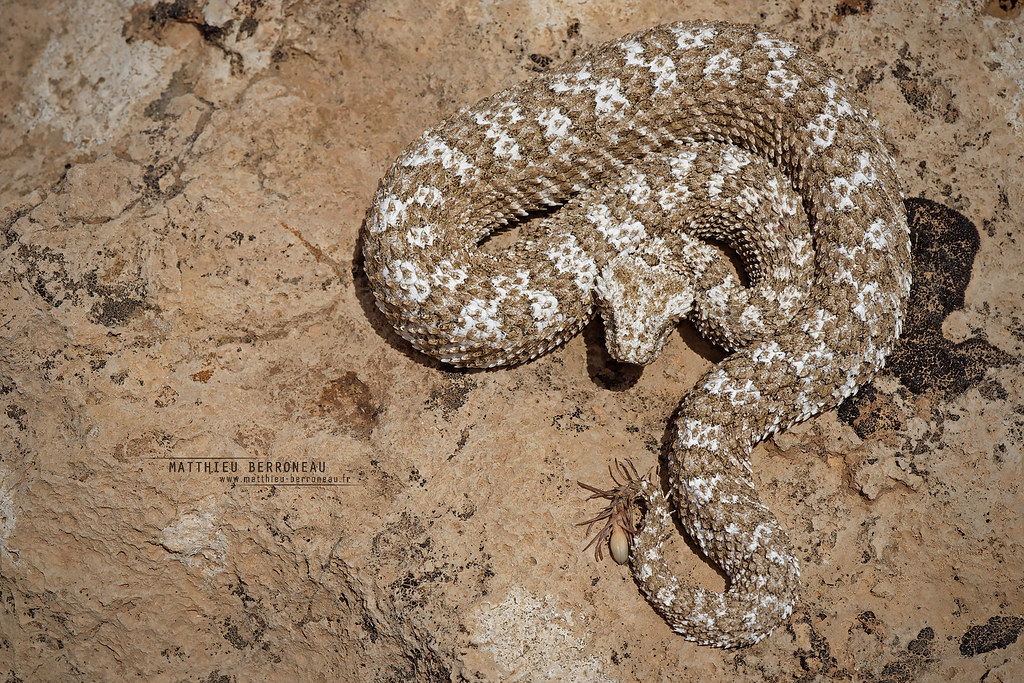
When confronted with danger, many venomous snakes have evolved to remain perfectly still rather than fleeing or attacking immediately. This evolutionary strategy serves multiple purposes, with camouflage being the primary benefit. By freezing in place, these snakes blend seamlessly with their surroundings, making them nearly invisible to predators who primarily detect movement. This adaptation has been refined over millions of years, allowing species like the copperhead and various vipers to develop patterns and colorations that specifically enhance this motionless defense. Additionally, staying still conserves valuable energy that would otherwise be expended in flight or fight responses, a crucial advantage for ectothermic animals that carefully manage their energy budgets.
The Masters of Motionless Defense: Which Species Freeze
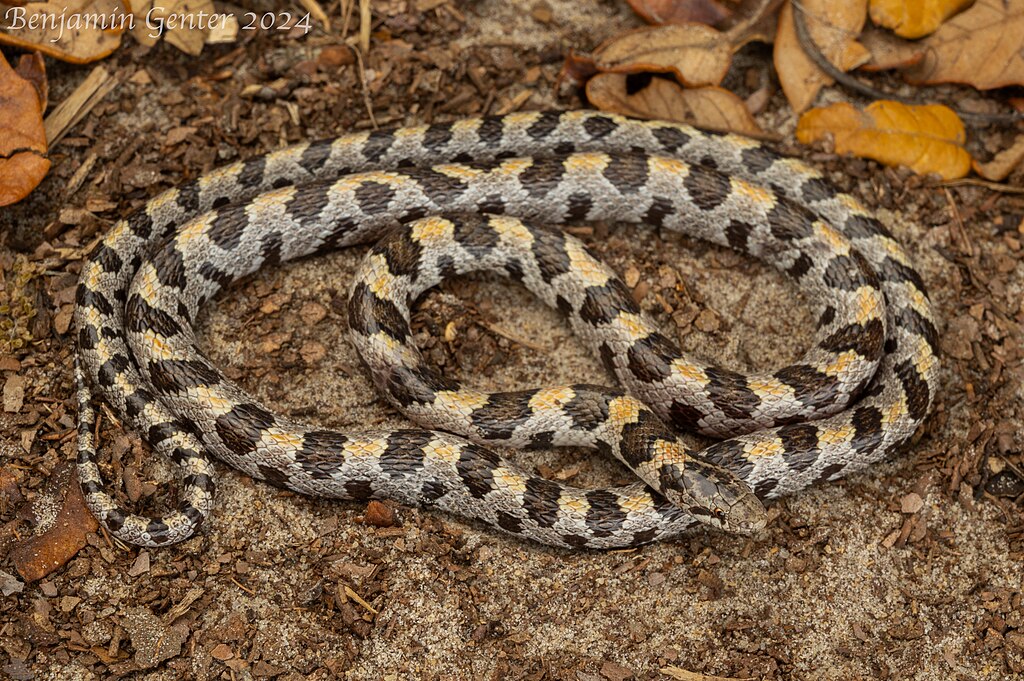
Several venomous snake species are particularly renowned for their freezing behavior, with the North American copperhead (Agkistrodon contortrix) standing out as perhaps the most committed practitioner. When disturbed, copperheads often remain so perfectly still that hikers regularly pass within inches of them without noticing their presence. The death adder (Acanthophis species) of Australia employs a similar strategy, lying motionless while using its tail as a lure for potential prey. Certain rattlesnake species, especially the timber rattlesnake (Crotalus horridus), may also choose immobility over rattling or striking when first encountered. The gaboon viper (Bitis gabonica) of Africa, with its incredibly cryptic pattern, relies almost entirely on remaining frozen rather than fleeing when large animals approach.
The Science Behind the Freeze Response
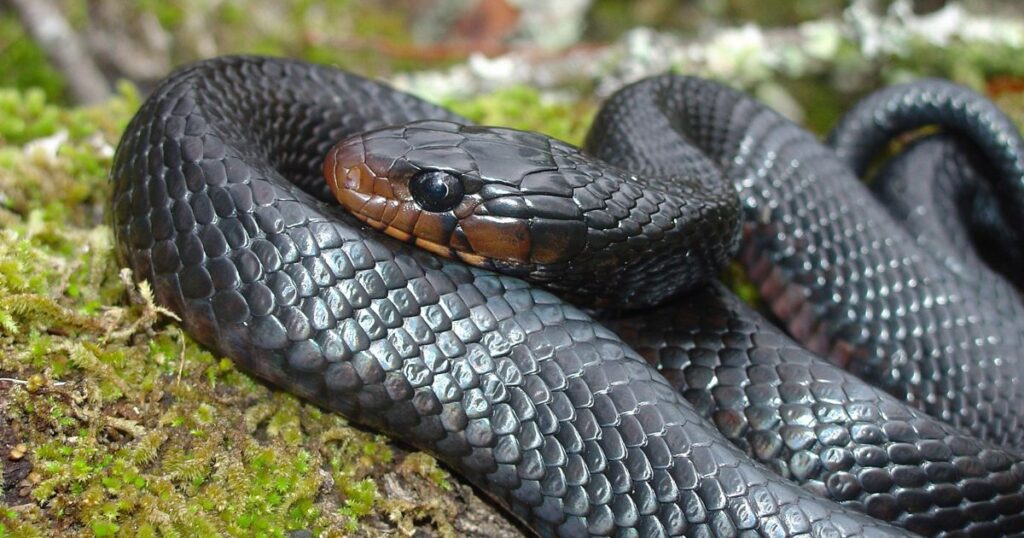
The freeze response in venomous snakes is governed by a complex interplay of neurological and physiological processes. When a potential threat is detected, sensory information is rapidly processed by the snake’s brain, particularly the amygdala, which helps determine the appropriate response. Rather than triggering the sympathetic nervous system’s fight-or-flight reaction, certain stimuli cause these snakes to activate a parasympathetic response that results in immobility. This response involves reduced heart rate, shallow breathing, and minimal muscle movement – a state that researchers call tonic immobility. Studies have shown that this response is not simply fear paralysis but rather a sophisticated adaptive behavior that increases survival chances in specific environments and contexts.
Camouflage: Nature’s Perfect Disguise
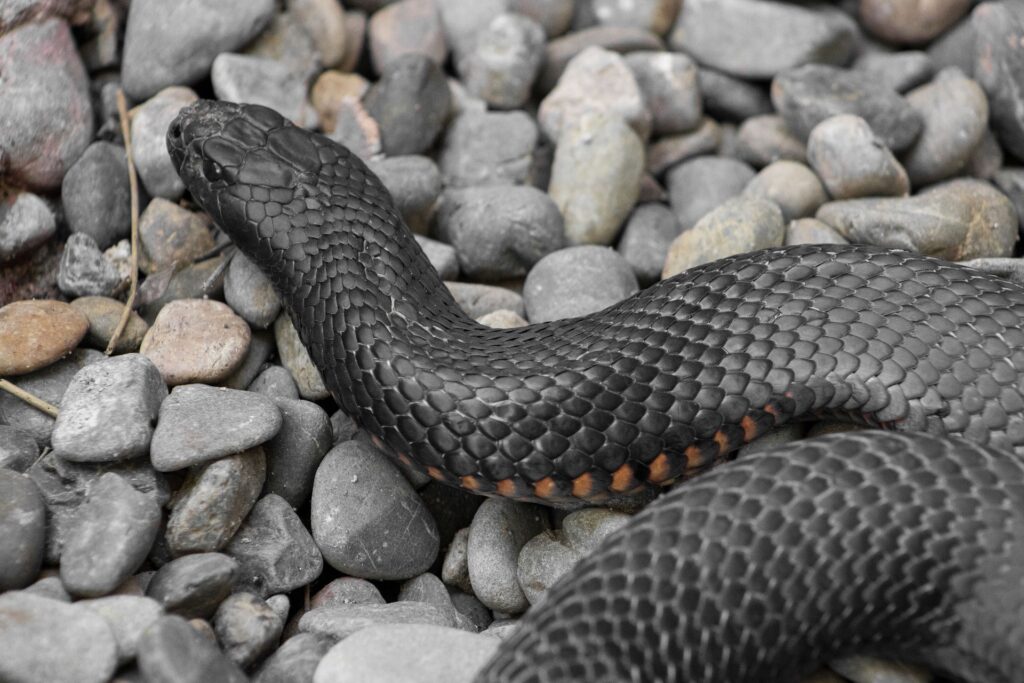
The freezing behavior of venomous snakes would be considerably less effective without their remarkable camouflage adaptations. Species like the copperhead possess intricate patterns that break up their outline and blend perfectly with forest floor debris, making them virtually invisible when motionless. The gaboon viper features perhaps the most elaborate camouflage of any snake, with complex geometric patterns that mimic fallen leaves and forest litter. These cryptic colorations are specifically evolved to work in conjunction with freezing behavior, creating a dual-defense system that relies on stillness to activate its full potential. Even the positioning of the snake’s body when frozen is specialized, often arranged in ways that disguise the distinctive serpentine shape that predators might recognize.
Energy Conservation: The Metabolic Advantage
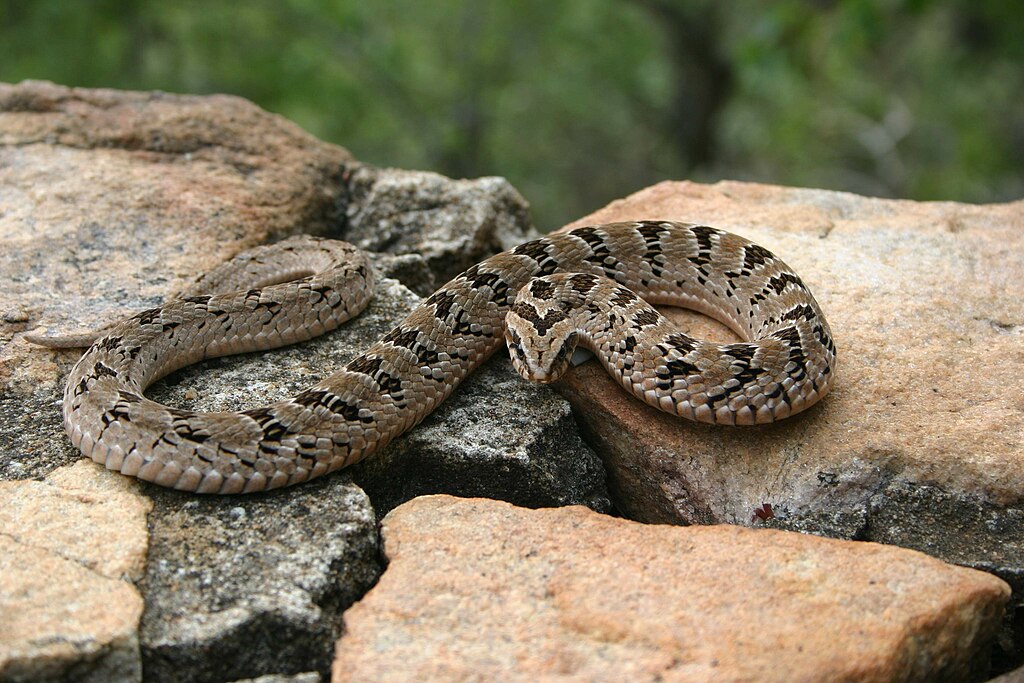
Remaining motionless provides venomous snakes with significant energy-saving benefits that contribute to their overall survival strategy. As ectotherms, snakes rely on external heat sources to maintain their body temperature and have limited energy reserves compared to endothermic animals. Fleeing from potential threats requires substantial energy expenditure that could otherwise be used for hunting, digestion, or reproduction. Research has shown that a snake fleeing at top speed may use up to 50 times more energy than when at rest, making escape a costly option from a metabolic perspective. By freezing instead of fleeing, these snakes conserve precious energy resources, especially important during seasons when prey may be scarce or during periods of digestion when their metabolic resources are already committed.
The Role of Habitat in Freezing Behavior
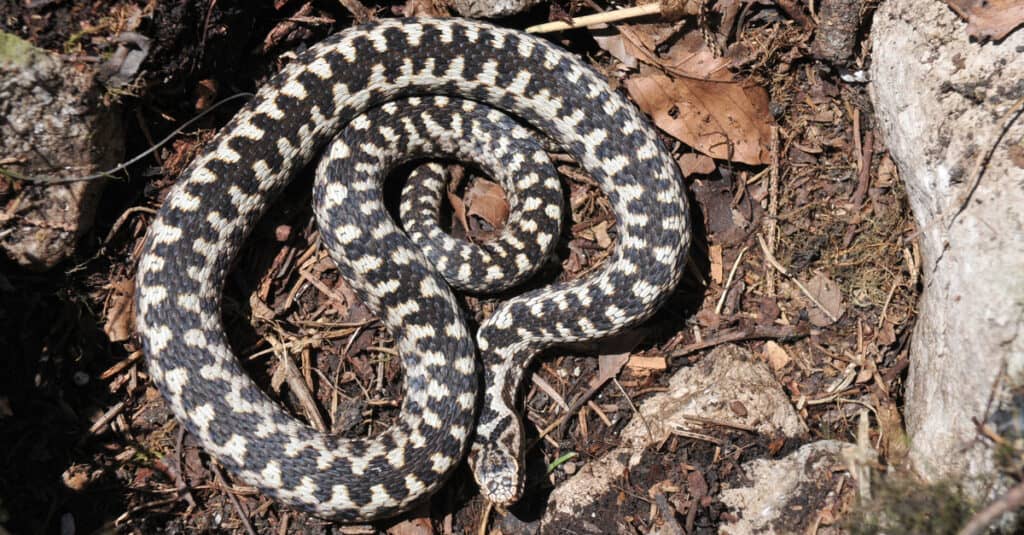
The environments in which venomous snakes live play a crucial role in determining whether freezing is an effective survival strategy. Species that inhabit densely vegetated areas with complex visual backgrounds, such as forest floors covered in leaves and branches, gain the most advantage from remaining still. The copperhead’s preferred woodland habitat, with its carpet of dead leaves and dappled sunlight, creates the perfect setting for this immobility strategy to succeed. Conversely, venomous snakes that live in more open habitats, such as many rattlesnake species in desert environments, rely less exclusively on freezing and may opt for rattling, striking, or retreating when threatened. Habitat structure thus directly shapes the evolution of defensive behaviors, with more visually complex environments favoring the freeze response.
Predator Detection Systems: When to Hold and When to Strike
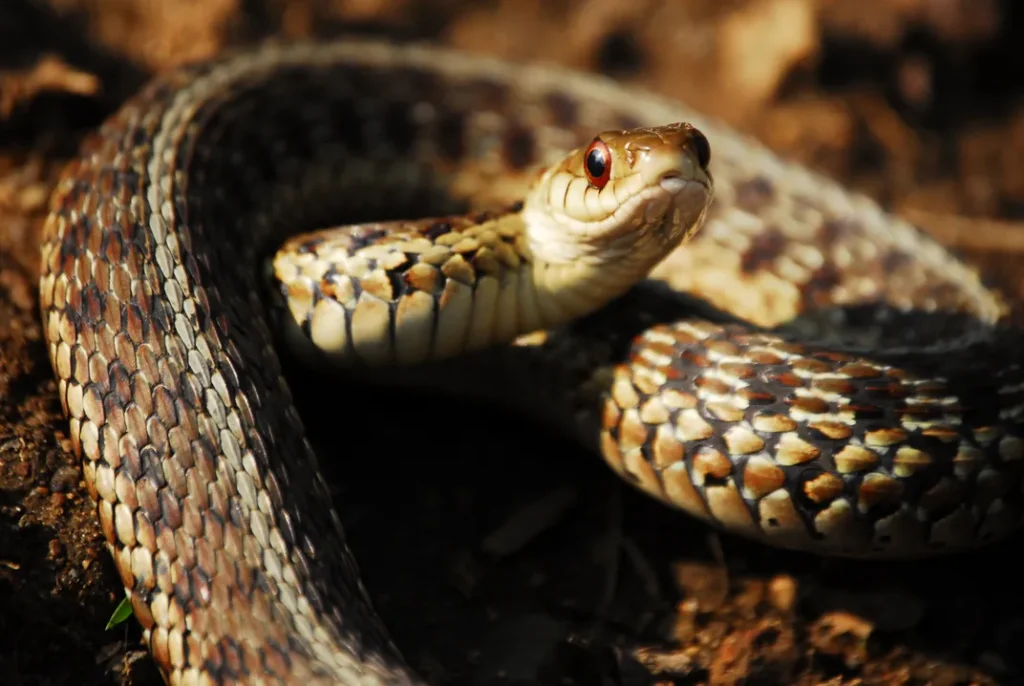
Venomous snakes that employ the freezing strategy possess sophisticated sensory systems that help them determine when to remain still and when other defensive actions become necessary. These reptiles use a combination of visual detection, ground vibration sensing through their jawbones, and thermal detection via heat-sensitive pits (in pit vipers) to gather information about potential threats. When a large animal is detected at a distance, the initial response is typically to freeze, but if the threat continues to approach too closely, the snake may transition to more active defenses such as striking or fleeing. This graduated response system allows the snake to reserve its more energy-intensive and risky defensive behaviors for situations where camouflage alone has failed, optimizing survival chances across different threat scenarios.
Freezing Versus Fleeing: A Calculated Risk
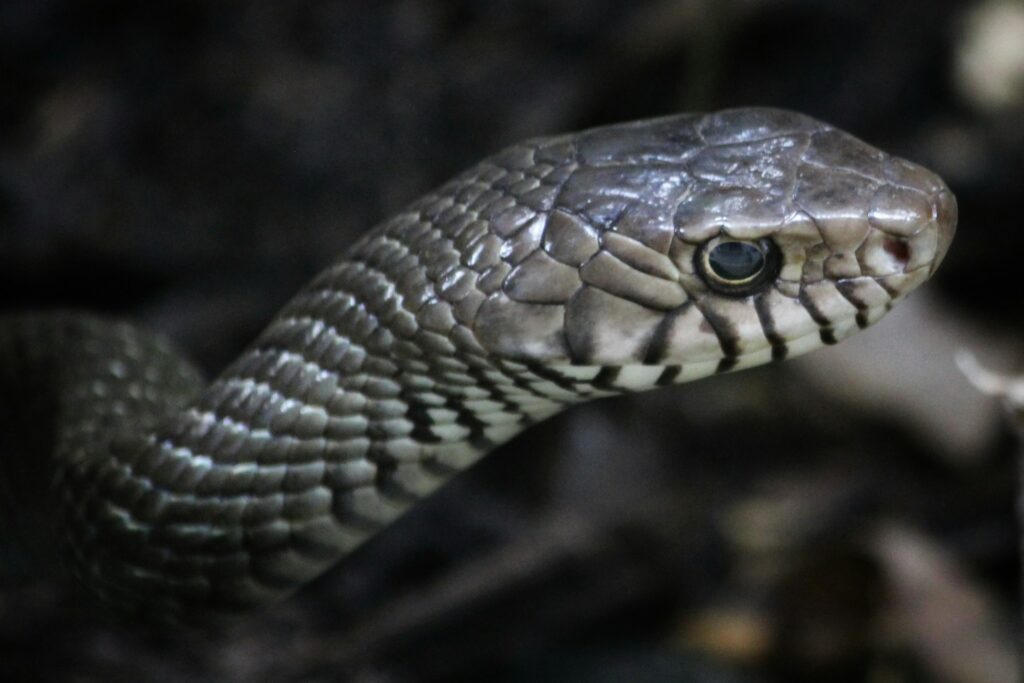
The decision to freeze rather than flee represents a calculated risk assessment that venomous snakes make based on multiple environmental and situational factors. When a snake detects a potential predator, it must quickly determine whether remaining motionless offers better survival odds than attempting escape. Factors influencing this decision include the type of predator (whether it hunts primarily by vision or scent), the snake’s distance from cover, its current physiological state (recently fed snakes move more slowly), and environmental conditions like temperature that affect mobility. Research has demonstrated that this decision-making process is surprisingly sophisticated, with snakes showing the ability to adjust their defensive strategy based on the specific context of each encounter, suggesting a more complex cognitive process than previously recognized in reptiles.
Human Encounters: When Freezing Leads to Conflict
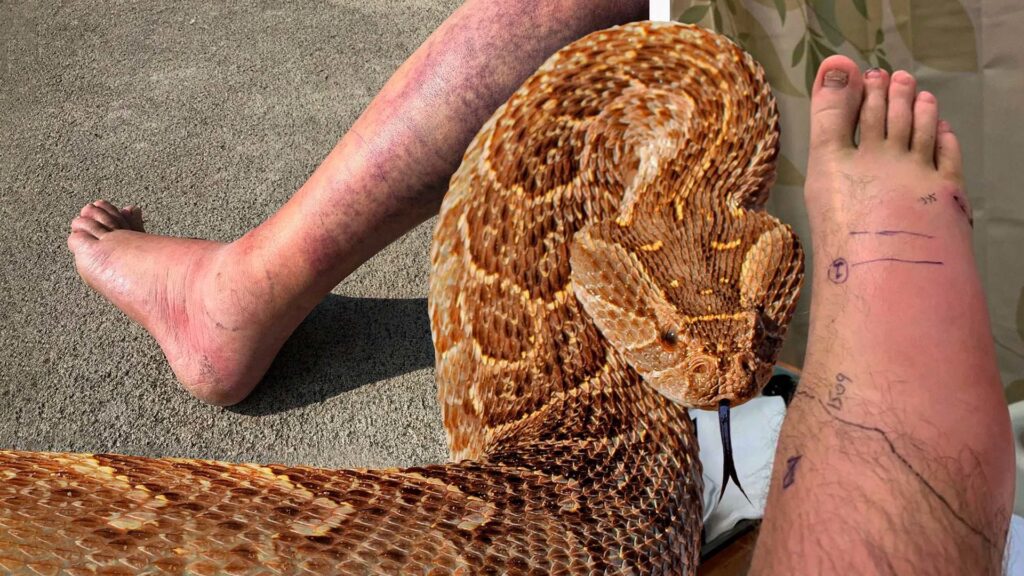
The freezing behavior that serves venomous snakes so well against natural predators can unfortunately lead to dangerous encounters with humans. Hikers, gardeners, and outdoor enthusiasts may inadvertently approach or even step on perfectly camouflaged, motionless snakes, triggering defensive strikes. Statistics show that a significant percentage of snakebites occur when people unintentionally come too close to snakes that remained still rather than providing warning or retreating. This creates a challenging conservation dilemma, as the very behavior that helps these snakes survive in nature increases human-snake conflict. Education about recognizing snake habitat and watching ground placement while outdoors remains crucial for reducing these incidents, as frozen snakes will typically maintain their immobility strategy until physical contact or extreme proximity makes them feel directly threatened.
Juvenile Versus Adult Behavior: Age-Related Differences
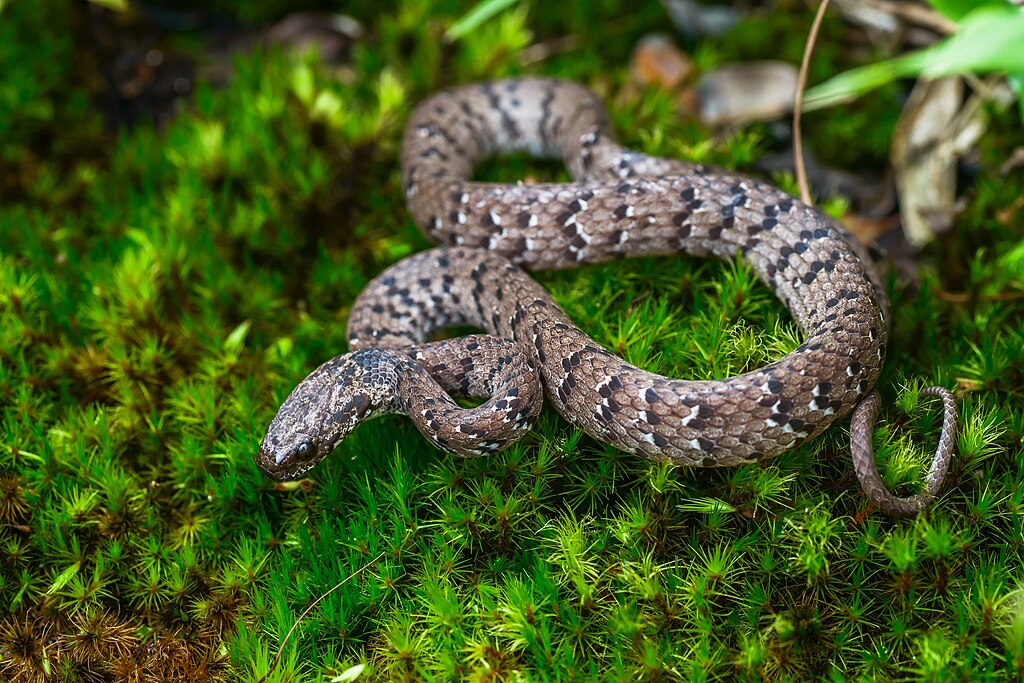
Interestingly, the tendency to freeze rather than flee or strike often varies with age within the same venomous snake species. Juvenile snakes of species like the copperhead typically display more defensive behavior, including striking more readily when threatened, compared to their adult counterparts. This age-related behavioral difference likely stems from younger snakes’ increased vulnerability to a wider range of predators due to their smaller size. As snakes mature and grow larger, they gradually rely more heavily on the freezing strategy, having learned through experience that remaining motionless often provides better protection than active defense. Research tracking individual snakes over time has documented this behavioral shift, revealing how defensive responses evolve throughout a snake’s lifespan as its size, experience, and predator relationships change.
Seasonal Variations in Freezing Behavior
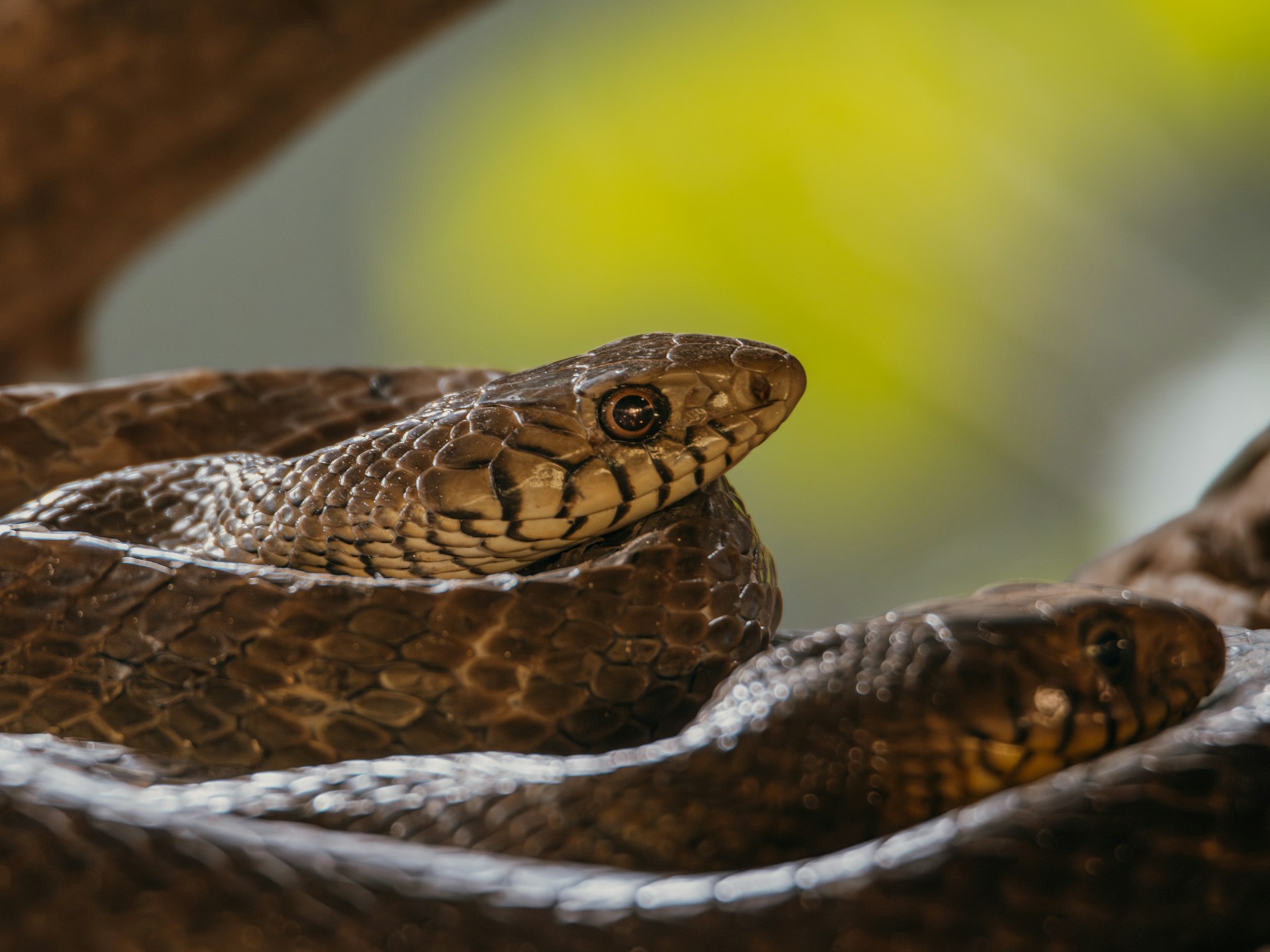
The tendency for venomous snakes to freeze rather than flee shows marked seasonal variations that correlate with changes in their physiological state and environmental conditions. During cooler months when body temperatures are lower, snakes experience decreased mobility and metabolic function, making freezing behavior more common simply because escape requires more energy than they can quickly mobilize. In contrast, during peak summer temperatures, snakes possess greater capacity for rapid movement and may be more likely to flee rather than rely solely on immobility. Pregnant female snakes demonstrate an increased preference for freezing behavior regardless of season, as their reduced mobility and need to protect developing offspring make stillness a more viable defense. These seasonal patterns highlight how freezing behavior exists within a flexible defensive repertoire that adjusts to both internal state and external conditions.
The Future of Freezing: Climate Change Impacts
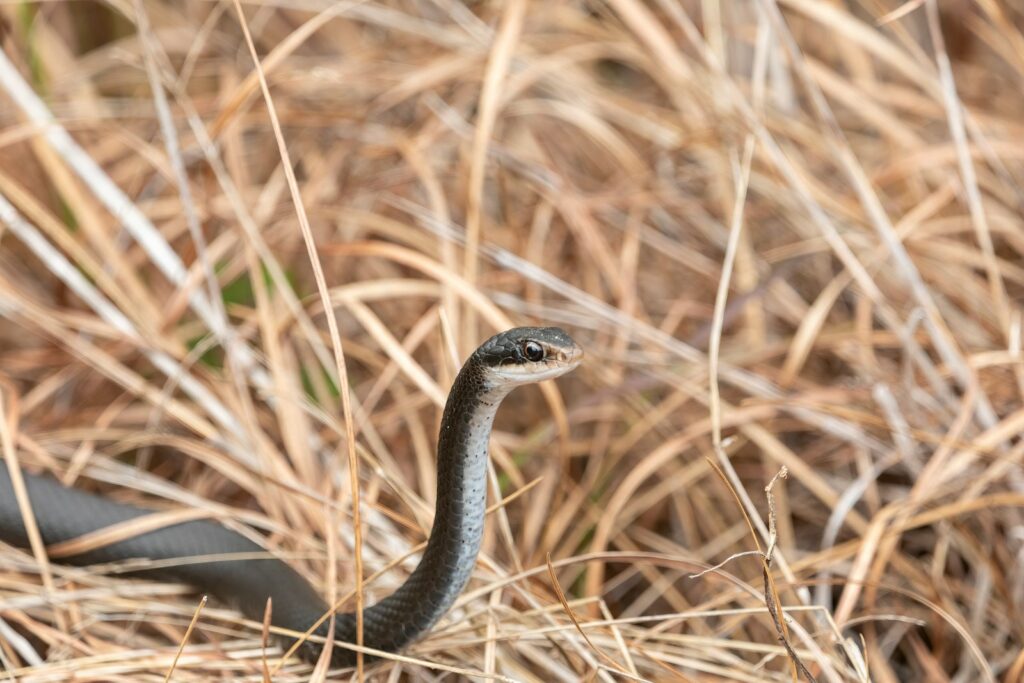
As global temperatures rise due to climate change, the effectiveness of freezing as a defensive strategy for venomous snakes faces new challenges and potential adaptations. Higher ambient temperatures may increase snake metabolism and activity levels, potentially reducing the frequency of freezing behavior in favor of more active defensive responses. Changing precipitation patterns and habitat shifts could alter the visual backgrounds against which snake camouflage evolved, potentially reducing the effectiveness of remaining motionless. Research tracking defensive behaviors across varying climate conditions suggests that some snake species may be demonstrating behavioral plasticity, adjusting their freeze-flight decision thresholds based on temperature and other environmental factors. Understanding these behavioral adaptations becomes increasingly important for predicting human-snake conflicts and developing appropriate conservation strategies as ecosystems continue to transform under climate change pressures.
Conclusion: The Paradoxical Power of Stillness
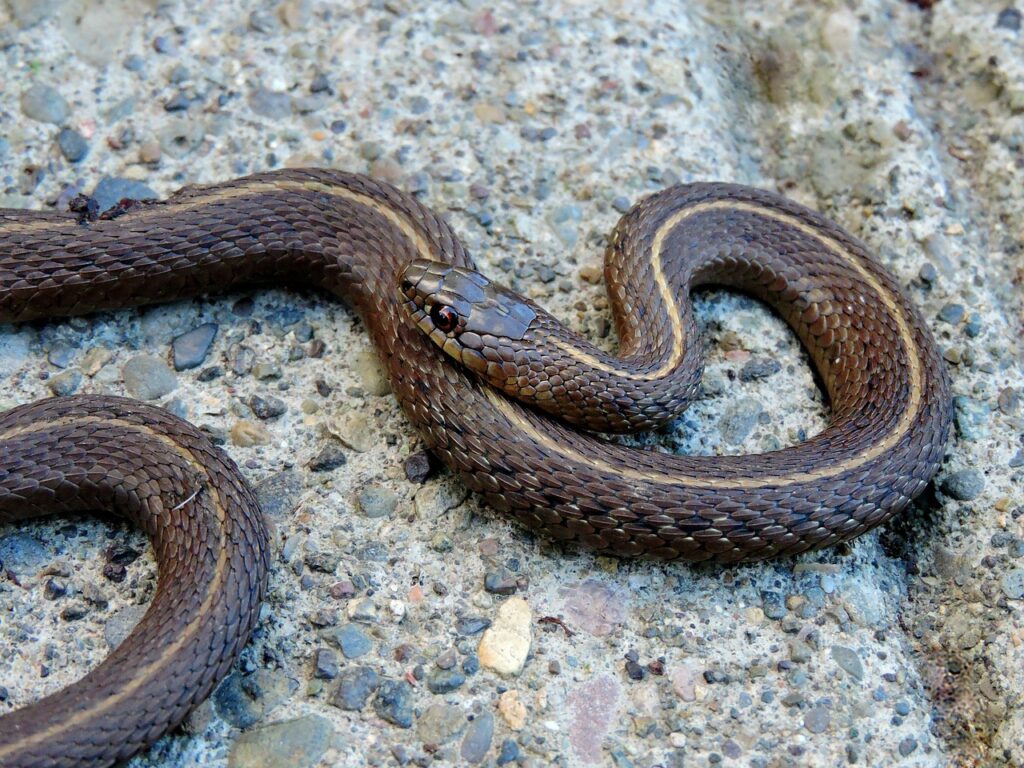
The freezing behavior of venomous snakes represents one of nature’s most elegant paradoxes – finding safety not through movement but through its absence. This sophisticated defensive strategy combines neurological responses, metabolic advantages, and evolutionary adaptations to create a survival mechanism that has proven effective for millions of years. While seemingly simple, the decision to freeze rather than flee or fight involves complex risk assessment and has shaped everything from these snakes’ appearance to their habitat preferences. For humans sharing landscapes with these remarkable reptiles, understanding this behavior provides both practical safety knowledge and a deeper appreciation for the subtle complexities of animal adaptation. In the constant evolutionary arms race between predator and prey, the venomous snake’s ability to vanish through stillness stands as testament to the power of sometimes doing nothing at all.

